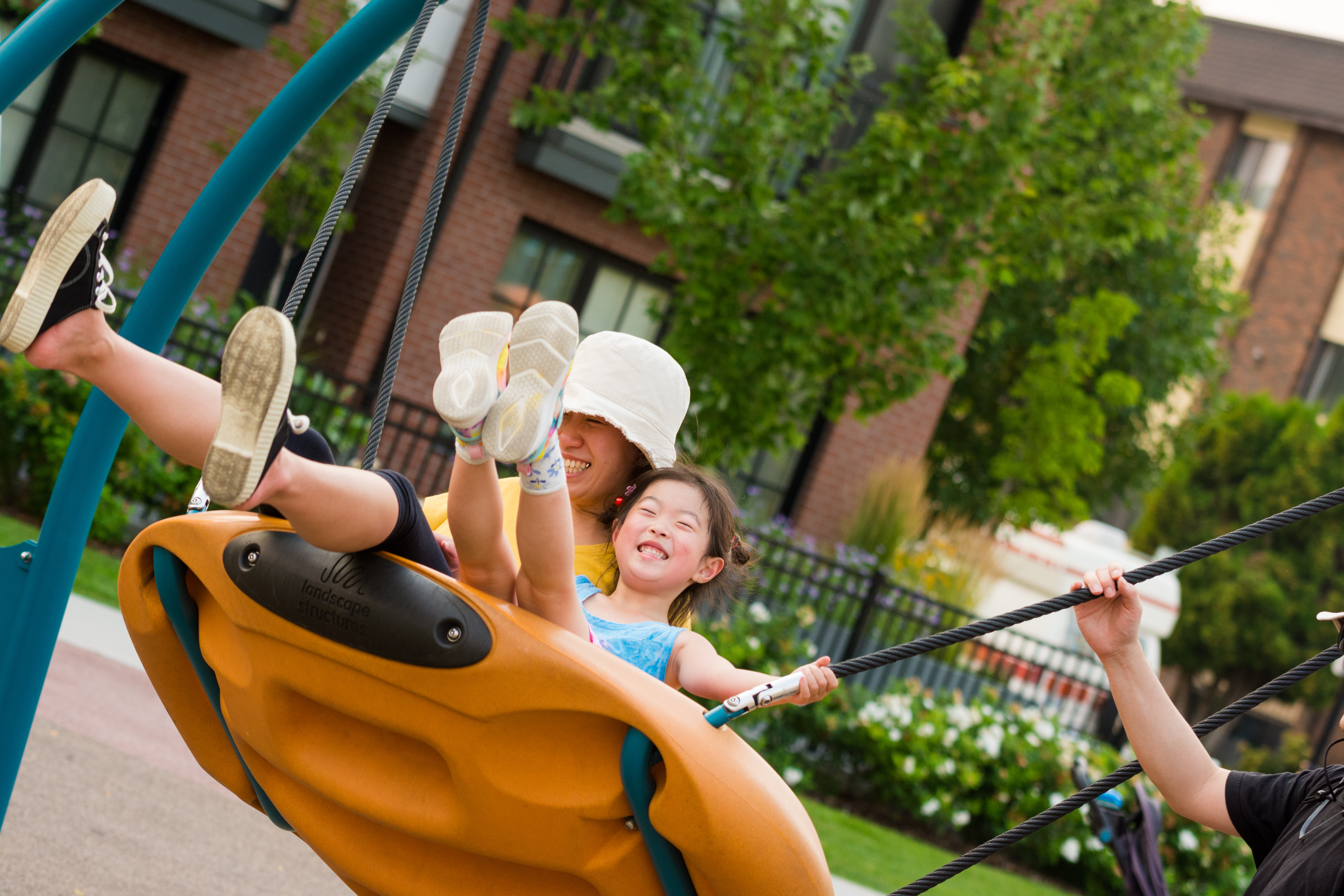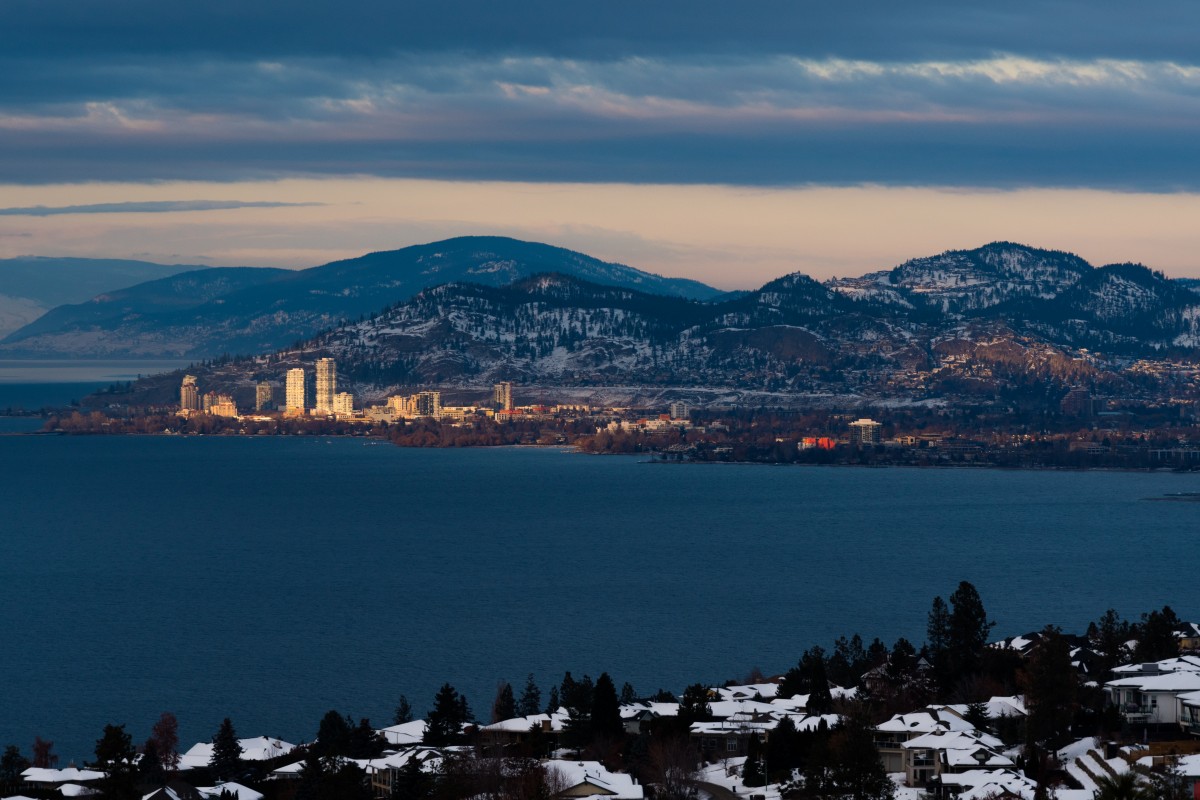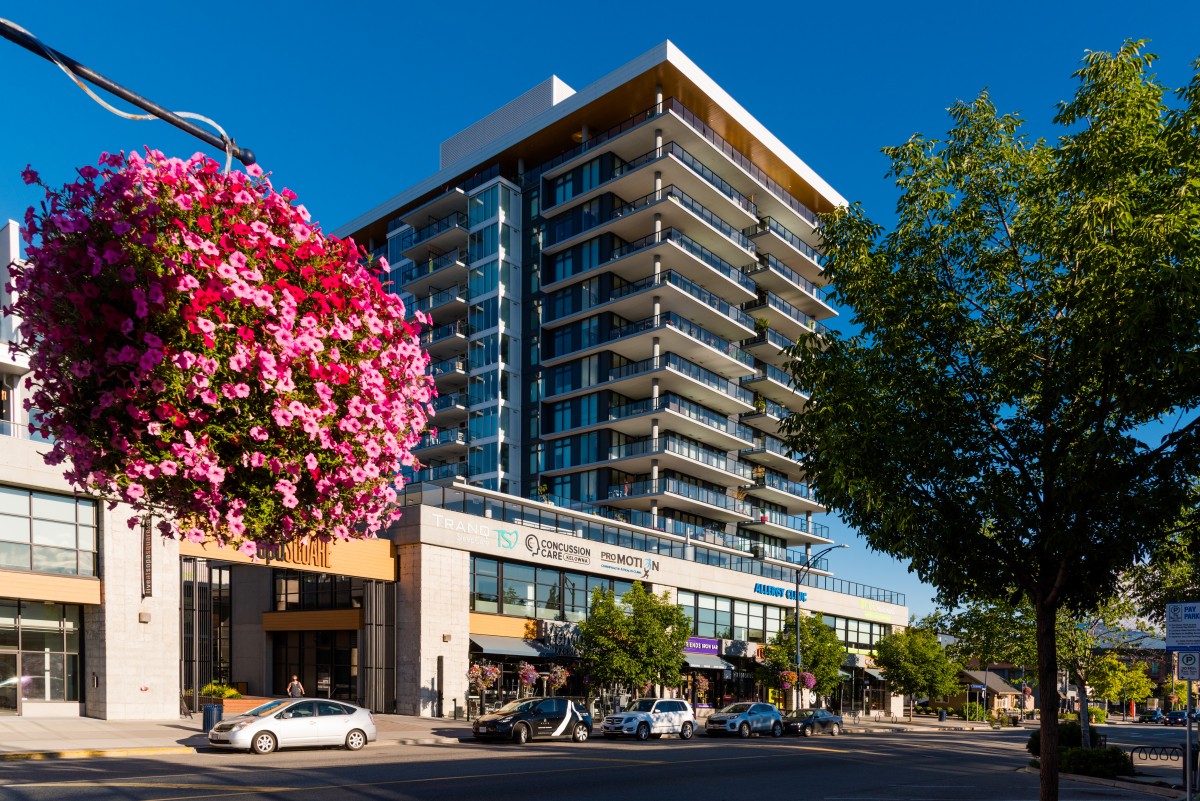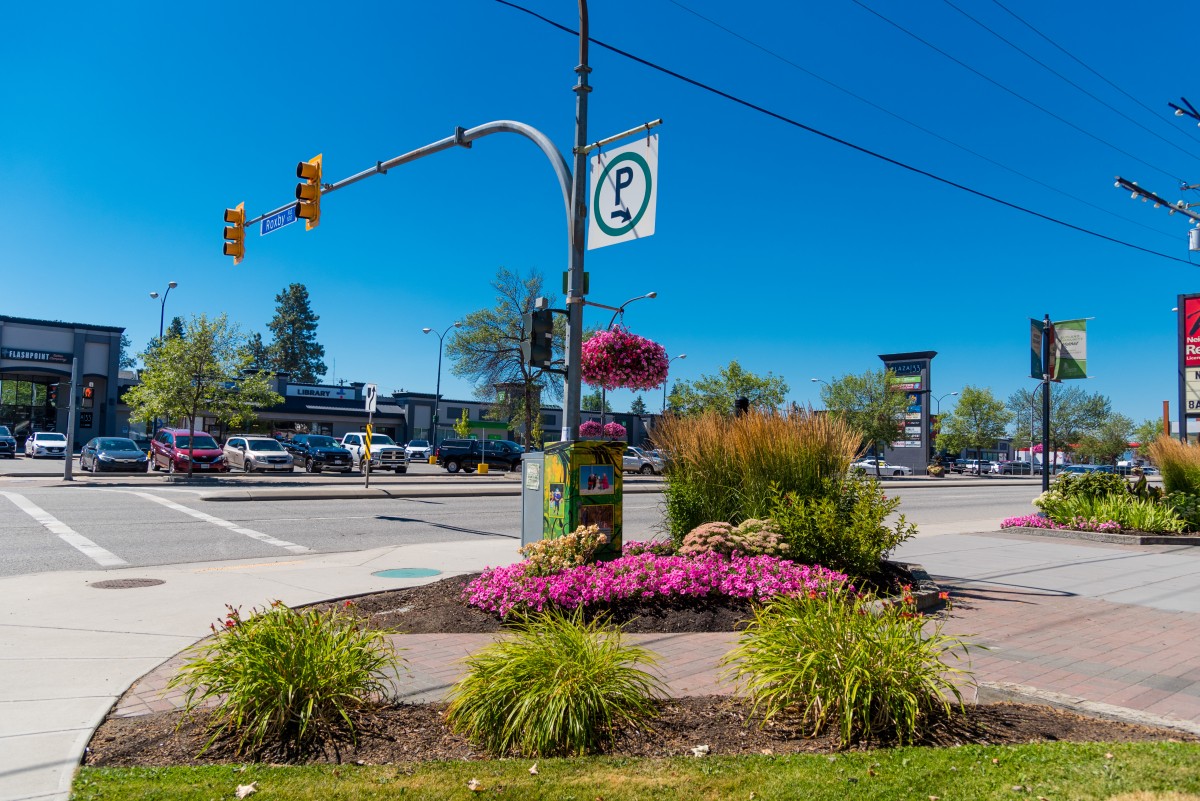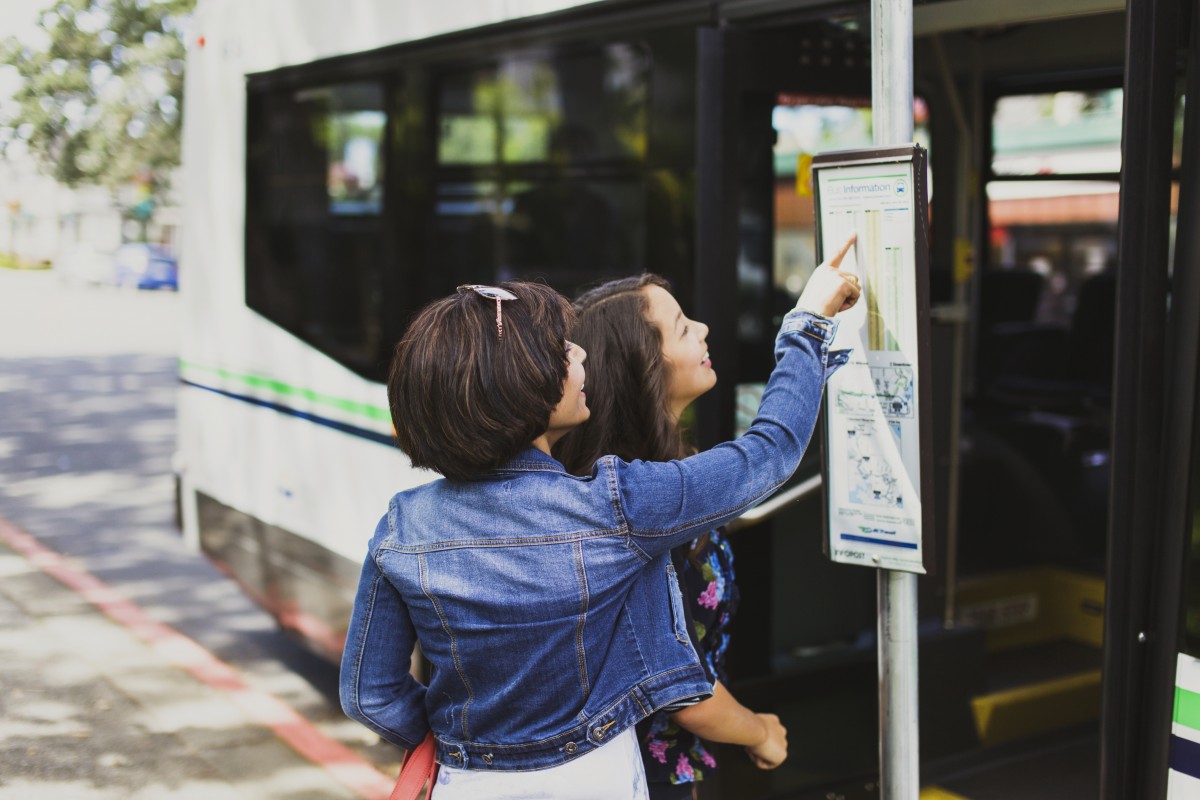Accommodating a growing and diverse population
Driving into Kelowna from the west, it would be hard to recognize Downtown if you haven’t been here in a few years. From the growing skyline to the inviting restaurants, craft breweries and unique retailers dotted along the bustling streets, Kelowna’s rapid growth has transformed it into a much more vibrant and sustainable city. And it’s all by design.
Five Urban Centres
The City’s been providing more opportunities for people to live in our Core Area and five Urban Centres, transforming our City’s landscape. “These five Urban Centres are slated to accommodate almost half of Kelowna’s new homes in the next 20 years, and each centre has its own set of characteristics,” said Rob Miles, Long Range Policy Planning Manager.
The five Urban Centres are as follows:
Downtown: One of Canada’s fastest-growing downtowns is right here in Kelowna. And with new housing choices bringing more opportunities for people to live near all that Downtown Kelowna has to offer, it’s easy to see or understand why.
Pandosy: With its proximity to the lake and a new waterfront park, Pandosy is a growing community and popular destination for people looking for a quieter urban village feel. Plus, more students are bringing an exciting energy to the neighbourhood as Okanagan College expands.
Midtown: With its proximity to many of Kelowna’s shopping destinations, including Orchard Park Mall, Midtown is seeing more people choosing to live there with its central location, great transit access and proximity to stunning natural areas like Mission Creek Regional Park.
Capri-Landmark: Anchored by the Capri Mall and Landmark office towers, Capri-Landmark is one of the Okanagan Valley’s largest employment centres. This neighbourhood is poised for transformation as more housing options are made available. Plus, the Parkinson Recreation Centre, Kelowna’s largest recreation destination, is right at the neighbourhood’s doorstep.
Rutland: Rooted in our region’s agricultural heritage, Rutland’s seeing growth with more housing, transportation and amenity options. Parking lots are being transformed into new homes near shops and services, and new and upcoming transit and active transportation investments—including a new Rutland Express transit service—are providing more travel options. The neighbourhood’s also a well-established food hub providing a multitude of dining options.
All these centres are growing into diverse hubs of activity, including more housing options, employment opportunities, parks and public spaces, shops, easy transit options and access to active transportation, in relatively compact areas. “It’s great to see more people choosing to live in these neighbourhoods because they’ll have so much of what they need at their doorstep,” said Miles.
“Ten years ago, the idea of getting more people living and working in Urban Centres might have seemed far-fetched. But it’s gained momentum in the last few years and people are really excited about it,” said Miles. “In the last five years alone, we’ve seen a massive change in the development that’s been happening—not just in the Downtown—but in the other Urban Centres as well,” he added.
How Urban Centres can change how we live
Buying a single-detached house in the suburbs is out of reach for many home buyers nowadays and many people want to spend more free time with friends and family or engaged in activities, instead of commuting to work or driving a few kilometres to the grocery store for a forgotten litre of milk.
A well-developed Urban Centre can provide a lifestyle that, while new to many Kelowna residents, is welcomed by many. It could be as simple as being able to walk to work or grab a bus outside your door for a short ride to work. On a macro level, our well-developed Urban Centres will help position Kelowna as a progressive city, one that embraces diversity and inclusivity as we welcome more people from all backgrounds, create more opportunities for economic growth and help improve the lifestyles for all residents with affordable housing and convenient options for transit, work and leisure.
Benefits you may not expect
How and where cities grow has a big impact on their bottom line, and building new subdivisions at a city’s edge requires more infrastructure such as water, sewer and street lighting over a larger distance. The costs of maintaining this infrastructure over the years can add up for a city government. Building in a more urbanized compact fashion can help lower these costs in the long term by focusing infrastructure investments in existing urban areas to serve more people. “It’s basically more bang for your buck,” said Miles.
Sustainability is another benefit. “People often think that busy, dense neighbourhoods aren’t environmentally friendly,” said Miles. “But by not having to build on precious land on the edge of the city we’re supporting climate resiliency and helping to protect the environment. Plus, by making these Urban Centres walkable and transit friendly, we’re also helping to reduce our greenhouse gas emissions,” he added.
Providing more choices to residents
If anything, by living in one of the Urban Centres or the surrounding Core Area, residents will have more choice. For example, if you live in one Urban Centre and work in another, the transit and active transportation options will make it easier to get to and from work. And for those who live and work in the same area, walking or cycling to work will be an enjoyable option as the city develops more inviting and safer sidewalks and cycling routes.
“What we want to do is provide choice,” said Miles. “No one is saying you have to give up your car or stop driving across town to shop. Our goal is to foster growth in our Urban Centres so that if you want to grab some milk, meet friends or get to work, you’ve got some options that don’t involve having to jump in the car,” he added.
2040 and beyond
Imagining Kelowna in 2040, you’ll see an inclusive, welcoming, prosperous and sustainable city. One where there’s a balanced growth of residents and employment opportunities, more parks and public spaces, greatly improved transit and the shops, services and amenities that make a neighbourhood feel complete. It’s a vision that puts people first and finds innovative ways to meet the social, economic and environmental challenges of the future beyond 2040.
Learn & read more here: Official Community Plan and the Urban Centre development


